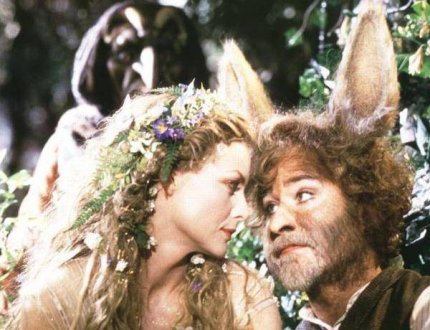The repetition of a particular metaphor type in a William Shakespeare play can signify and complement a theme of the play. In Henry IV Part 1, the repeating metaphors that stand out to me relate to dress and wardrobe. In a play that is concerned with the crown and the role of royalty, dress metaphors are especially appropriate when considering that a king can simply “wear” the crown or be the crown. Specifically, does the occupation of the throne automatically make every action of a king royal or does the content, the spirit or the motive of the act define royalty?
This observation is why I liked Prince Henry at the end of the Act I. The idea that, “when this loose behavior I throw off,” is like him suggesting that he can change his roles like his clothes and throw off that tattered jacket of adolescence for a more appropriate garb. ( Act 1, Sc. 2, 213) Instead of taking the title or royalty and the responsibility that comes with it, Henry shows his understanding of what royalty is by doing the exact opposite. Rather than take it for granted that all of his actions are seen under the guise of the crown, he does the dastardly and goes in cahoots with thieves. He’s taking to defining royalty on his own terms rather than adhering to the expectations of others.
In a plot line where the occupation of the throne seems to be on the mind of anyone with any relation or claim to the throne, it is interesting to see a character who is not crazy about the responsibility of the crown rather than be dazed by the glory of the title and instead opts to con everyone into accepting whatever he wills to deliver as long as it is not thievery. It’s almost like a plot of a Guy Richie movie.



